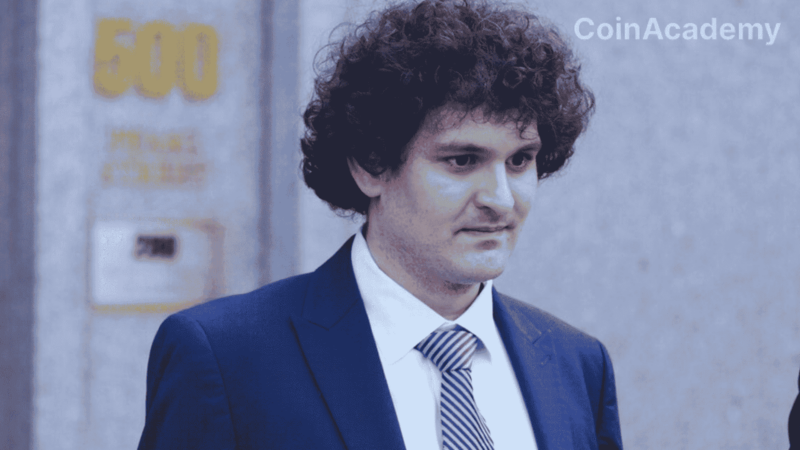FTX CEO John J. Ray III unveils dire financial situation with only 105 bitcoins in FTX’s vault upon his arrival.
SBF, who claimed FTX was solvent, will receive his sentence on March 28.
Despite a full repayment plan, FTX clients remain deprived of potential gains following the market rally, exacerbating their financial loss.
John J. Ray III, the current CEO of FTX, categorically refutes Sam Bankman-Fried’s discredited predecessor claims. According to Ray, SBF’s statements that clients have “lost nothing” following the platform’s bankruptcy in 2022 are “categorically, cruelly, and demonstratively false“.
The damage is immense. The remorse is nonexistent. Effective altruism, as experienced by Sam Bankman-Fried, was a lie.
John J. Ray III
SBF’s sentence is expected to be pronounced on March 28th.
The Reality behind SBF’s Claims
In a statement regarding the victims addressed to Judge Lewis Kaplan of the New York District Court, Ray exposes SBF’s “delusional” claims that his platform was solvent.
These claims are debunked by the state of affairs upon Ray’s appointment, discovering that FTX had only 105 bitcoins in its wallets, far from the almost 100,000 bitcoins owed to its clients. The efforts to recover the lost assets were immense, involving the retrieval of funds scattered within what Ray describes as Sam Bankman-Fried’s “tentacular criminal enterprise”.
Consequences of SBF’s Management
Ray emphasizes that, even though FTX’s estate managed to raise sufficient funds to reimburse the platform’s clients, this does not excuse SBF’s reprehensible actions. The losses are not limited to liquid assets; they also include enormous sums spent on various investments, access to celebrities, and bribes to Chinese officials.
According to Ray, Sam Bankman-Fried’s lack of remorse is striking, and his alleged “effective altruism” was nothing but a deception.
Despite the current repayment plans, many FTX clients remain deeply dissatisfied, primarily because they will be reimbursed based on the value of their portfolio at the time of bankruptcy and not based on the current, much higher value.




